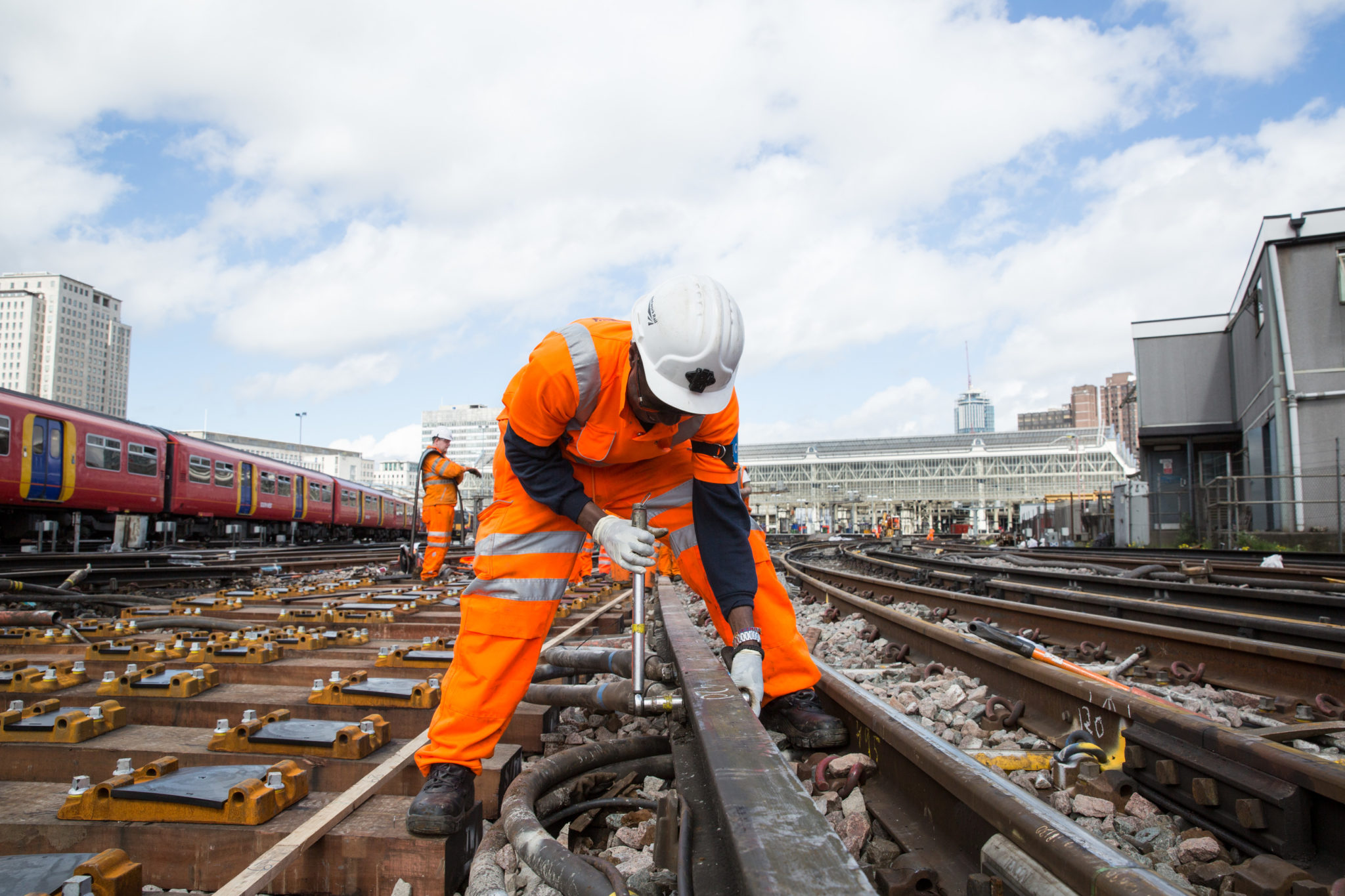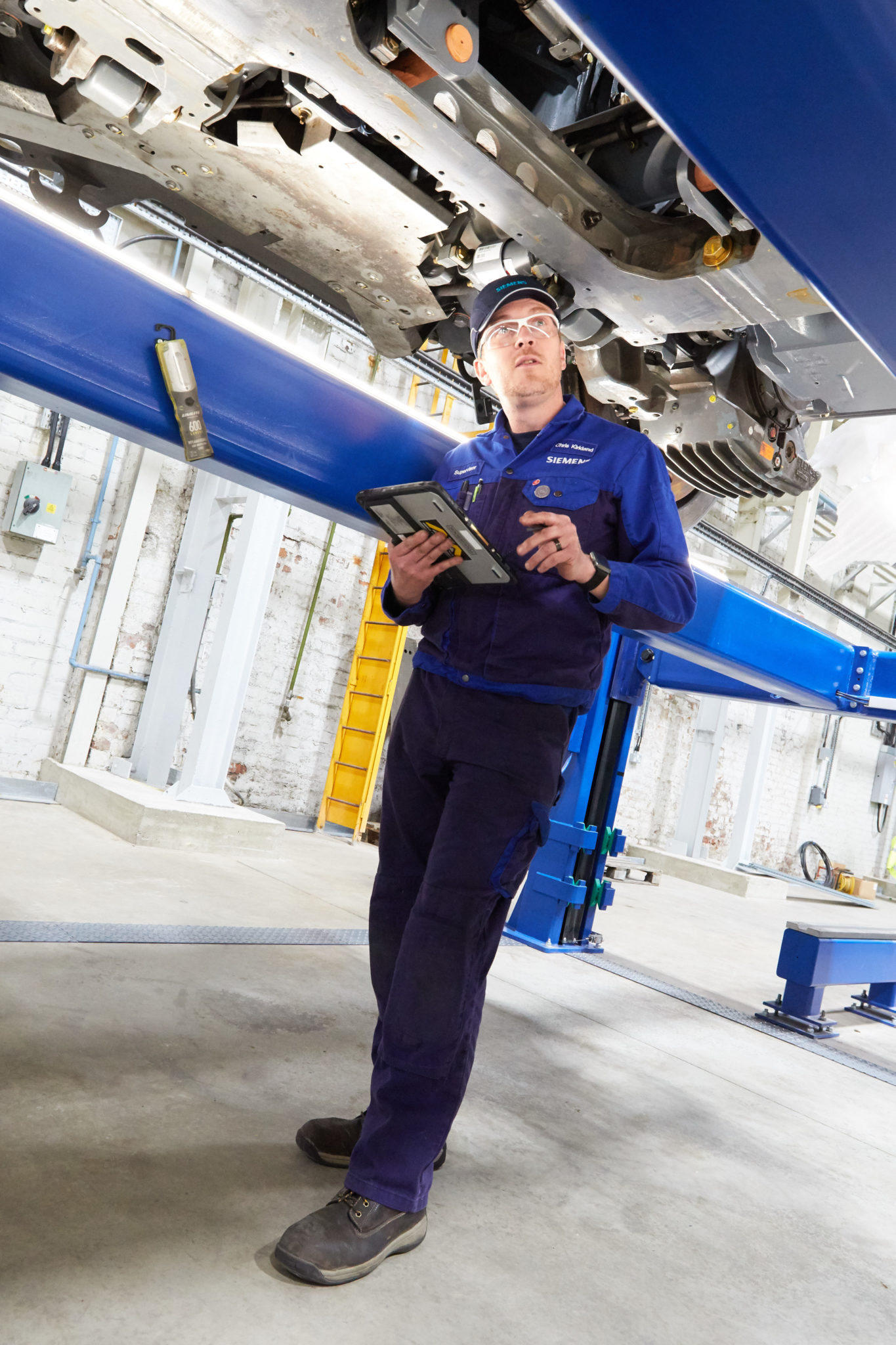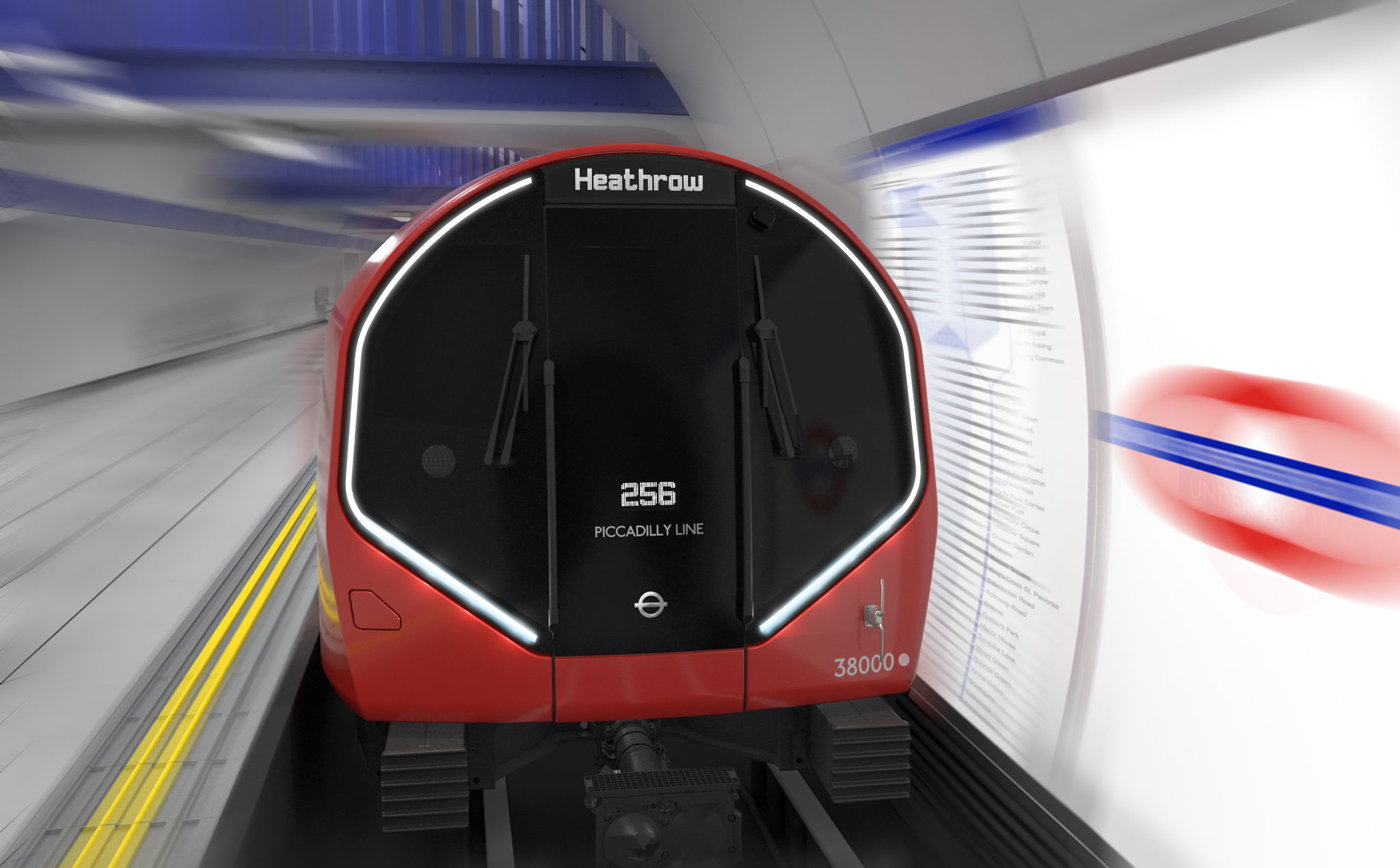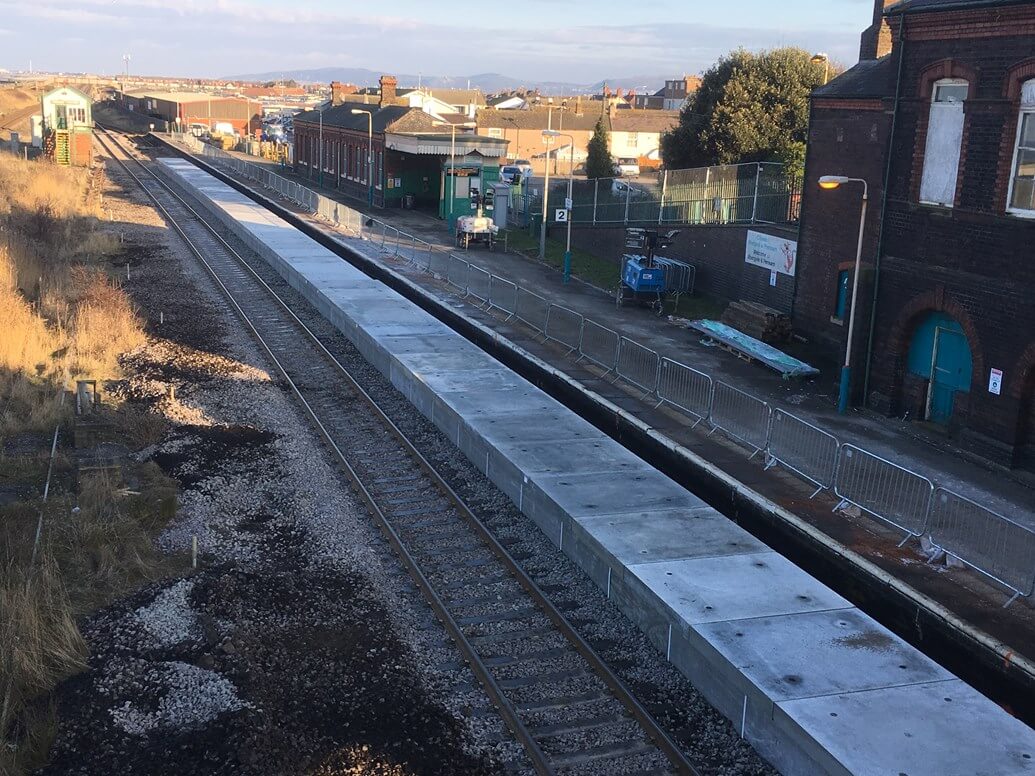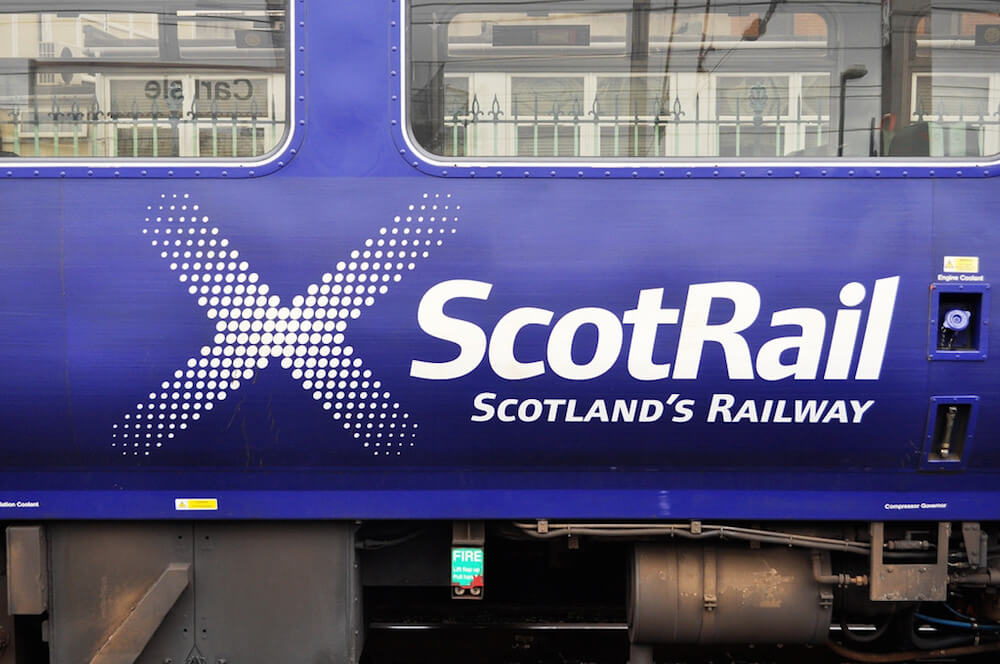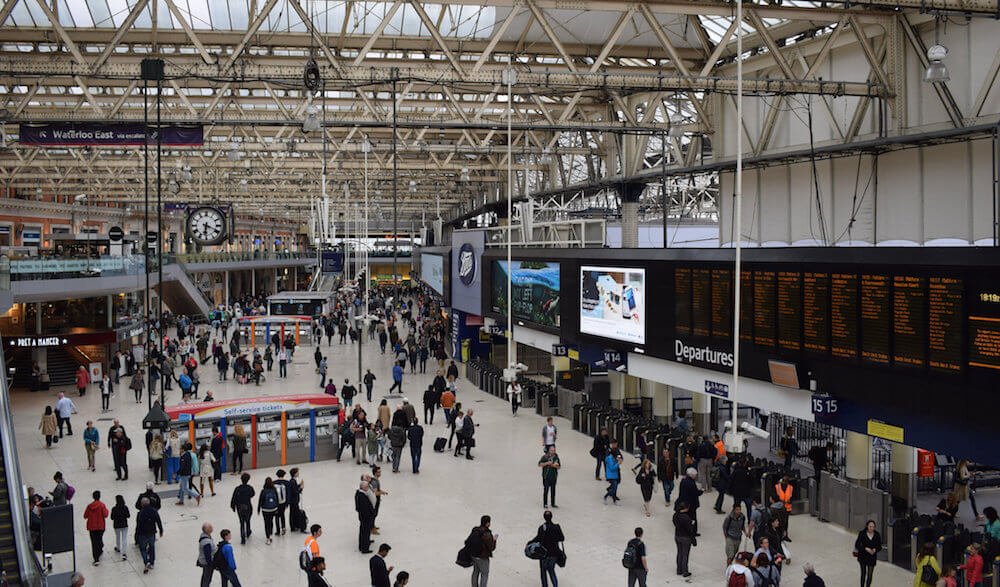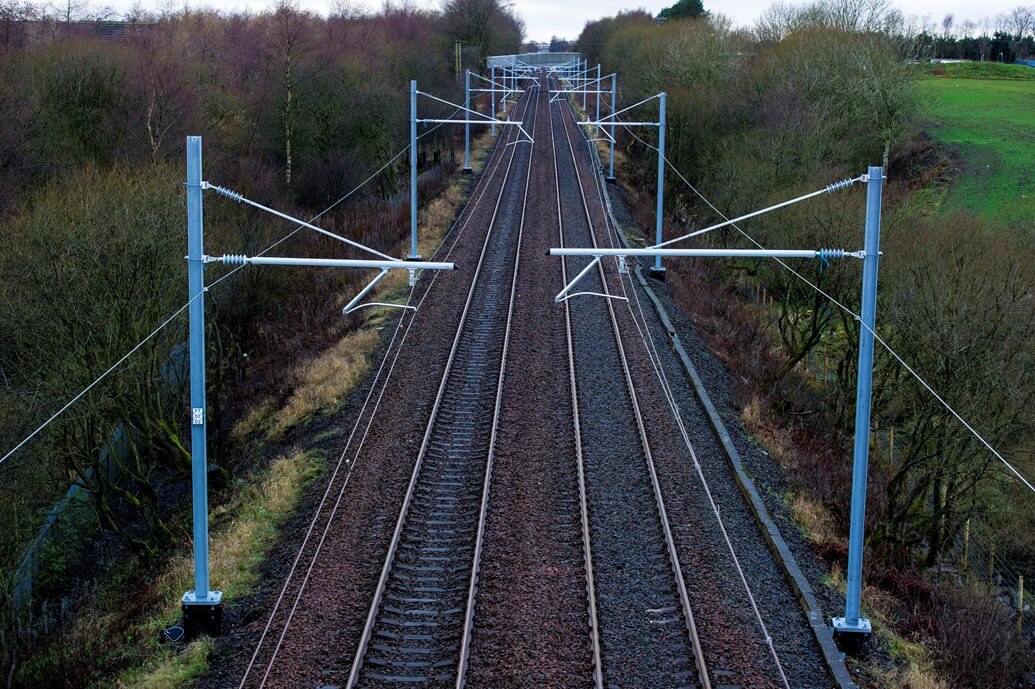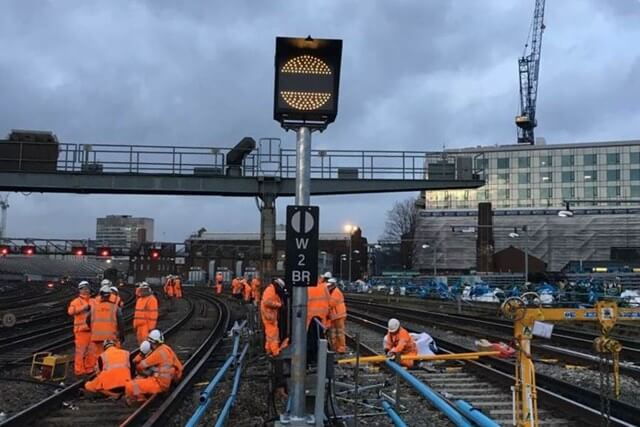In a bid to increase efficiencies and reduce delays for passengers, Network Rail is trialling “formation flying” engineering trains to repair and renew the 20,000 miles of railway track it’s responsible for maintaining. The new approach to engineering could potentially save taxpayer-funded Network Rail £250,000 per week in costs by allowing trains to run at higher speeds once engineering is complete.
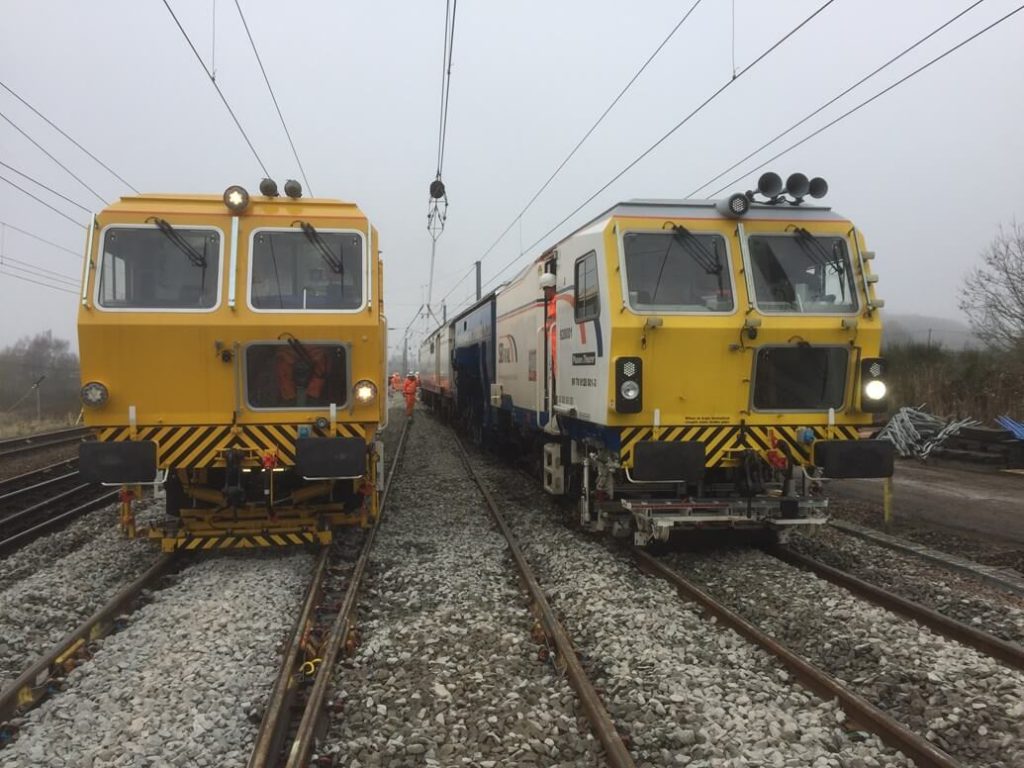
The pioneering technique was successfully used at Sandy, Bedfordshire, on a set of railway switches and crossings in February, which were being replaced as part of the Railway Upgrade Plan.
“Formation flying” Engineering Trains
Passenger journeys can often be disrupted after major track upgrades as the first week of trains to travel over freshly laid track are forced to do so at restricted speed until the ballast – the stones beneath the track that give support – has settled and formed a solid foundation. Network Rail then has to pay compensation to the train operators for the financial impact of this disruption.
But at Sandy, for the first time in history, a pair of engineering trains were joined together connected by an umbilical and ran in parallel to simultaneously deliver tamping and dynamic track stabilisation (DTS) which simulated the equivalent of 200 trains passing over the tracks consecutively. Passenger trains were then able to start using the railway at speeds as high as 125mph as soon as the engineering team had finished because the track and ballast were firmly ‘bedded in’ – which meant Network Rail avoided thousands of pounds in compensation payments.
It’s estimated that over £5m has already been saved by avoiding compensation payments since the start of the ‘high speed handback’ programme.
Network Rail’s programme director for track, Steve Featherstone said:
“We monitored the work at Sandy during the weekend and had progressive assurance throughout to make sure we built everything to the highest possible quality levels. This allowed trains to run at 125mph right away – the first time we’ve achieved this on a crossing.”
Steve Featherstone, programme director for track added:
“Our high speed handback journey started three years ago. We have been continually improving, systematically getting better at every aspect of what we do. We have progressively built the knowledge and competence to handback plain line, high output and switches and crossing renewals at 125mph, which will save Network Rail hundreds of thousands of pounds in reduced fees to train operators for disruption caused.
“Ultimately this is about passengers. Our new techniques mean we can handback the railway safely, on time and with no speed restrictions meaning passengers get to their destination on time and as planned.”
This improved approach delivers significant benefits for passengers, the workforce, Network Rail, train operators and the millions of taxpayers who help fund the railway:
- Faster trains means reduced delays and journey times for passengers
- Staff spend less time trackside as they don’t need to set up and remove speed boards for train drivers
- Reduced need for compensation to train operators as disruption is reduced
For the full article © Network Rail please click here.

















